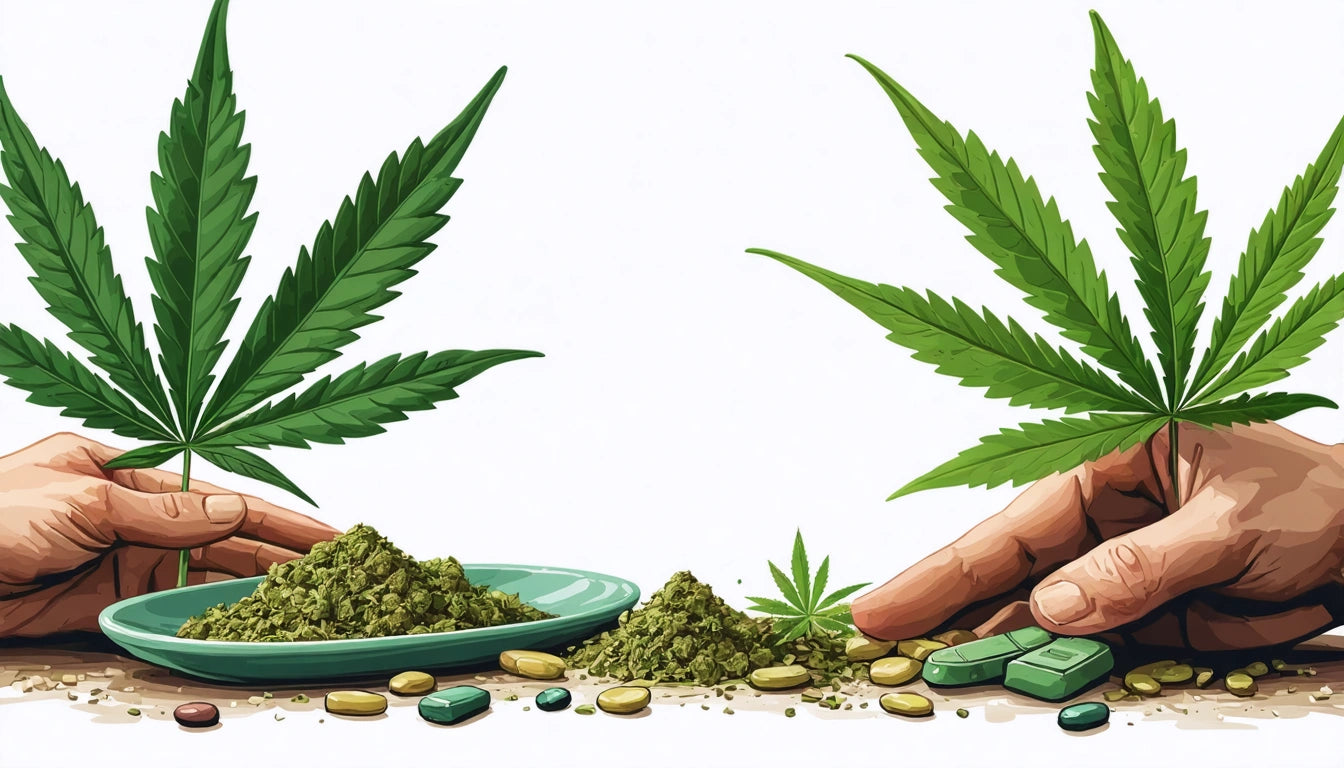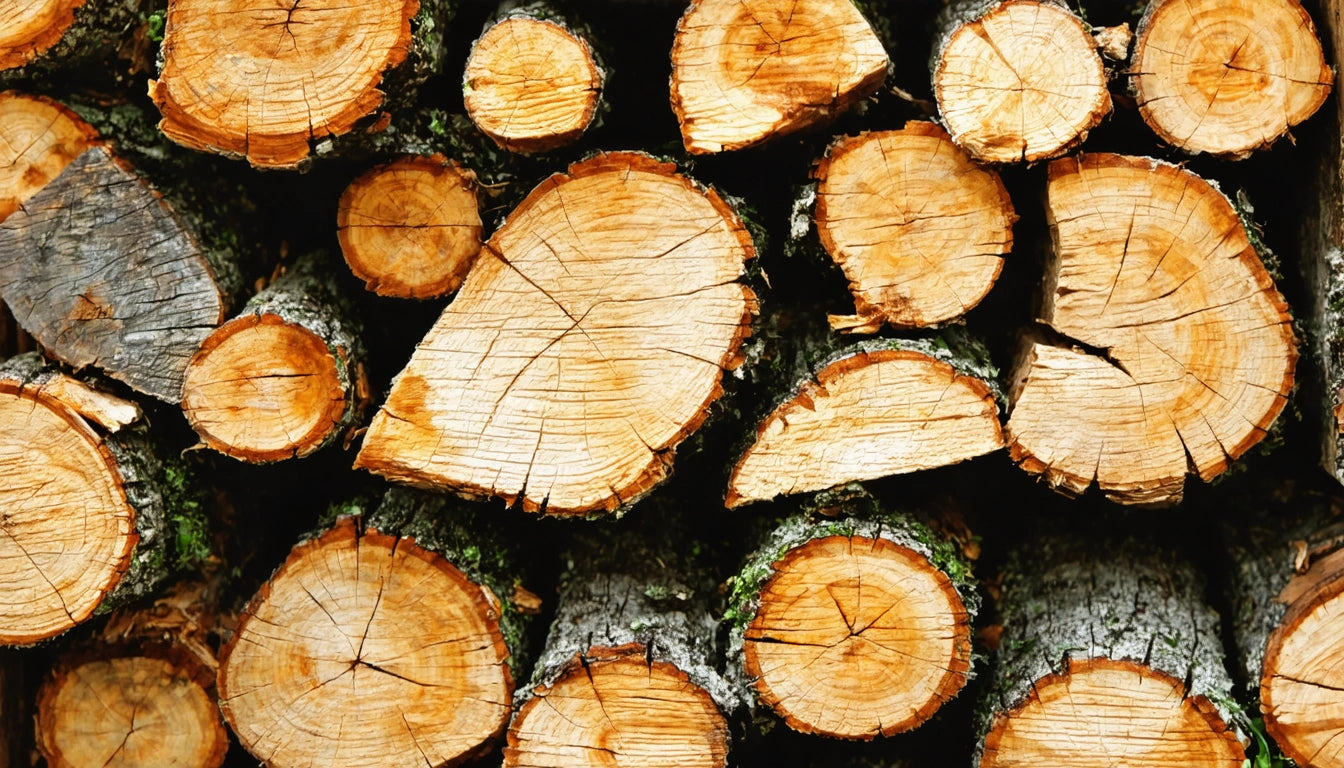Table of Contents
- Molecular Structure Basics: THCA vs. Delta-9 THC
- The Conversion Process: How THCA Transforms into Delta-9
- Effects Comparison: Psychoactive Properties and User Experience
- Legal Considerations: Navigating Regulations
- Preservation and Potency: Maintaining Cannabinoid Integrity
- Practical Applications and Future Developments in Cannabinoid Science
Understanding the Differences: THCA vs. Delta-9 THC
Cannabis chemistry can be complex, particularly when distinguishing between compounds like THCA and Delta-9 THC. These cannabinoids share a close relationship but offer distinctly different properties and effects. For consumers and industry professionals alike, understanding what is the difference between THCA and Delta-9 is essential for making informed decisions about cannabis products.
Molecular Structure Basics: THCA vs. Delta-9 THC
THCA (tetrahydrocannabinolic acid) is the precursor to Delta-9 THC (tetrahydrocannabinol). In raw cannabis plants, THCA exists as the dominant cannabinoid, featuring an additional carboxyl group (COOH) in its molecular structure. This seemingly small difference has profound implications for how these compounds interact with the human body.
Delta-9 THC, conversely, has undergone decarboxylation, losing that carboxyl group. This structural change enables Delta-9 to bind effectively with CB1 receptors in the brain, producing the characteristic psychoactive effects associated with cannabis consumption.
The Conversion Process: How THCA Transforms into Delta-9
The transformation from THCA to Delta-9 THC occurs through a process called decarboxylation, which is primarily activated by heat. When asking what temperature does THCA convert to Delta-9, it's important to note that the conversion begins around 220 °F (104 °C) and becomes more efficient at higher temperatures.
Common decarboxylation methods include:
- Smoking (combustion reaches temperatures well above the conversion threshold)
- Vaporizing (typically between 315-440 °F)
- Baking (when making edibles)
- Slow curing (minimal conversion occurs at room temperature over time)
The conversion rate depends on both temperature and time. Higher temperatures accelerate the process but may degrade other beneficial compounds if too extreme.
Effects Comparison: Psychoactive Properties and User Experience
When comparing THCA vs. Delta-9 effects, the differences become particularly apparent. THCA itself is non-intoxicating, meaning it won't produce the "high" typically associated with cannabis consumption. This makes raw, uncured cannabis primarily containing THCA relatively non-psychoactive.
Many consumers wonder: does THCA get you as high as Delta-9? The simple answer is no—not in its raw form. THCA must first convert to Delta-9 THC to produce intoxicating effects. This is why raw cannabis consumption doesn't result in psychoactive experiences.
Delta-9 THC, meanwhile, produces well-documented psychoactive effects, including:
- Euphoria and mood elevation
- Altered sensory perception
- Relaxation or sedation (depending on dosage and strain)
- Potential therapeutic benefits for pain, nausea, and appetite stimulation
For a more comprehensive understanding of how Delta-9 compares to other cannabinoids, our guide to Delta-9, Delta-8, and beyond provides valuable insights.
Legal Considerations: Navigating Regulations
The legal landscape surrounding THCA vs. Delta-9 THC can be confusing. In many jurisdictions, regulations focus specifically on Delta-9 THC content, sometimes creating a gray area for THCA. Since THCA naturally converts to Delta-9 THC when heated, products with high THCA content can effectively become high in Delta-9 THC upon use.
When comparing THCA vs. Delta-9 vs. Delta-8, legal distinctions become even more complex. For a detailed breakdown of these differences, our comparison of Delta-8, Delta-9, and other THC variants provides clarity on both effects and regulatory considerations.
Preservation and Potency: Maintaining Cannabinoid Integrity
For both consumers and producers, preserving the intended cannabinoid profile is crucial. Improper storage can lead to premature decarboxylation, converting THCA to Delta-9 THC before intended use. To maintain product integrity, proper humidity control is essential.
Using specialized humidity control products helps preserve the cannabinoid profile by maintaining optimal moisture levels. These solutions prevent degradation and ensure that products deliver consistent effects when consumed.
Temperature control is equally important, as THCA begins slowly converting to Delta-9 even at room temperature. Refrigeration can slow this process for products where preserving THCA is desired.
Practical Applications and Future Developments in Cannabinoid Science
Understanding the relationship between THCA and Delta-9 has practical applications across the cannabis industry. Product developers can manipulate decarboxylation processes to create specific effects profiles, while medical researchers continue exploring the distinct therapeutic potential of each compound.
For consumers wondering whether to choose THCA or Delta-9 products, the decision depends on the desired outcome:
- Those seeking non-intoxicating potential benefits might prefer THCA-rich products
- Consumers looking for immediate psychoactive effects typically choose decarboxylated Delta-9 THC products
- Medical patients might use a combination based on specific symptom management needs
The cannabis industry continues to evolve in its understanding of cannabinoid science. For those interested in potency comparisons, our guide comparing Delta-8, Delta-9, Delta-10, and THCA potency provides valuable insights.
As research advances, we'll likely see more sophisticated applications of both THCA and Delta-9 THC in therapeutic contexts, along with improved methods for controlling conversion processes to create precisely calibrated products for both recreational and medicinal use.











Leave a comment
All comments are moderated before being published.
This site is protected by hCaptcha and the hCaptcha Privacy Policy and Terms of Service apply.